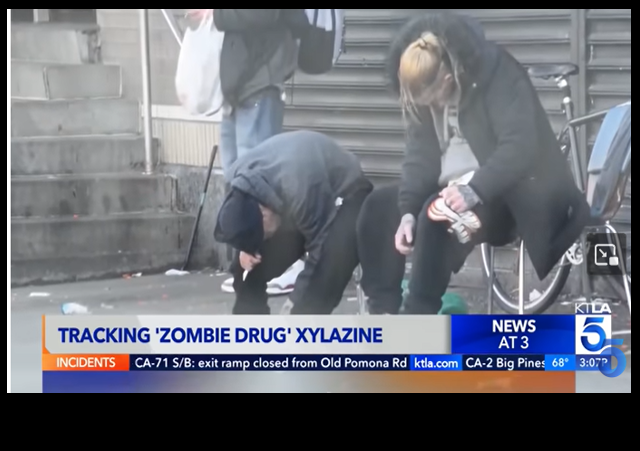CDC Reports Overdose Cases Involving Horse Tranquilizer Xylazine are Exploding

Public health officials are confirming something our coverage has been suggesting: Overdoses and deaths associated with the horse tranquilizer called Xylazine are exploding.
The number of xylazine-involved OD deaths nationwide rose from just 102 in 2018 to 3,468 in 2021, according to a new study released Friday from the U.S. Centers for Disease Control and Prevention.The findings come a day after another CDC study, which found that by June 2022 xylazine was involved in nearly 11% of all fatal fentanyl overdoses. That’s a nearly fourfold increase from January 2019, when it was present in almost 3% of such cases.
Additionally, the CDC determined that the rate of drug overdose deaths involving xylazine was 35 times higher in 2021 than the 2018 rate. Another disturbing finding was that the surge in xylazine-related deaths began earlier than initially thought.
But the report shows the explosion of xylazine-related deaths began in 2018 with overdose fatalities rising to 627 in 2019 — doubling to 1,499 in 2020 — and then doubling once more to 3,468 in 2021.This spring, the Biden administration declared illicit xylazine, also known as tranq on the street, an “emergent” threat.At the time, officials warned the chemical, used by veterinarians as a horse tranquilizer, was spreading fast in street drugs, causing overdose deaths and terrible flesh wounds in people struggling with addiction nationwide.”I’m deeply concerned about what this threat means for the nation,” said Dr. Rahul Gupta, head of the White House Office of National Drug Control Policy when speaking to reporters in April.
As a reminder, xylazine is known as the “zombie drug” for its sedative effects. It also constricts blood vessels, which leads to painful wounds at parts of the body far from the injection point.
In many cases, the sedative leaves users ‘knocked out’ on street corners and at bus stops for hours. When these people come to, they discover the high from heroin has subsided and start looking for their next hit.The drug also produces deep lesions in the skin even in spots on the body far from injection sites. The drug causes blood vessels to constrict, which cuts off the flow of oxygenated blood through the body, leading to infections in soft tissue.If those gaping sores go untreated, they can result in a devastating infection that can require amputation.
The New York Post recently interviewed Tracey McCann, who became addicted to opioids after an accident left her in chronic pain. Her experience with the xylazine-caused sores is horrific.
“I would wake up crying in pain,” McCann said of her horrific battle with the drug, which left her skin blackened.“The only way to make it go away was to cut the flesh off. One time I accidentally cut a tendon in my arm, and now I can’t move my fingers a certain way.”…In a bid to save her own life, she was able to seek treatment at a state-funded facility in St. Louis, Missouri.On Sept. 4, she entered the rehab, where she spent 45 days withdrawing from xylazine — a harrowing ordeal she says was “like nothing else” she had ever experienced.“I had seizures from it and double vision, which wouldn’t go away,” she said. “The symptoms lasted four months into being clean. I wanted to die they were so bad.”
CLICK HERE FOR FULL VERSION OF THIS STORY